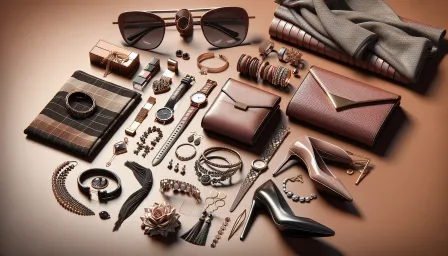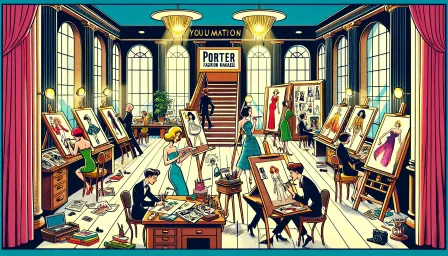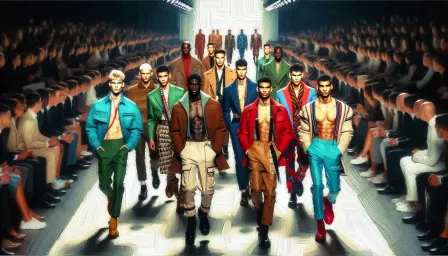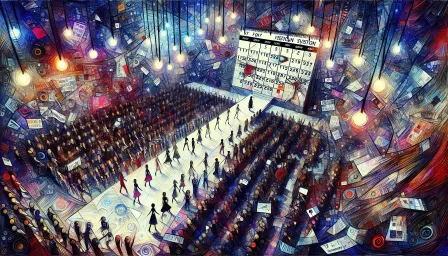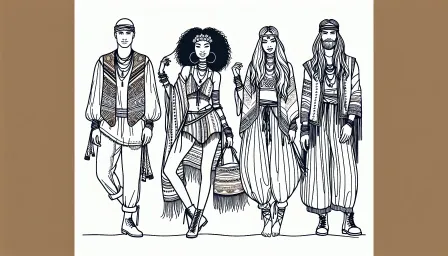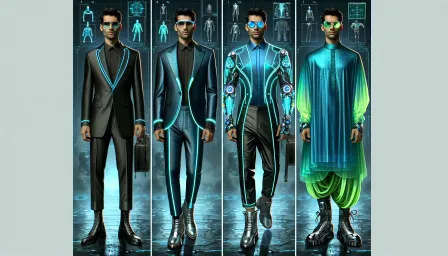Top 10 Fashion Design Techniques Every Designer Should Know
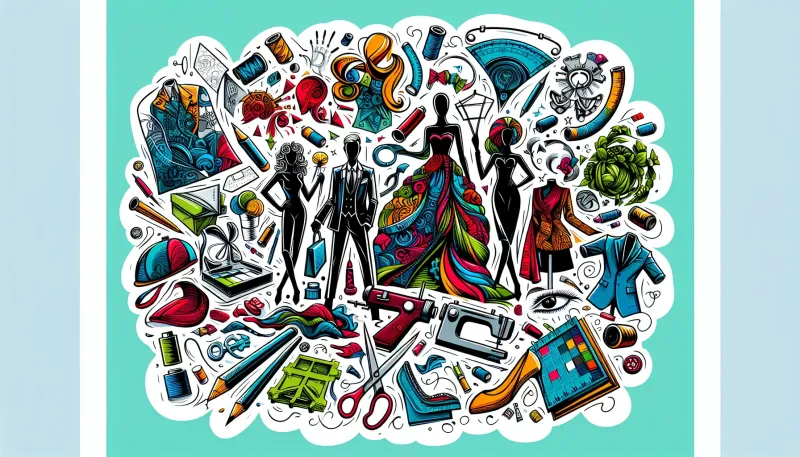
Discover the top 10 fashion design techniques every designer should know. Learn about essential practices to enhance your fashion design skills.
Fashion design is an intricate art that requires a blend of creativity, technical skill, and a keen eye for detail. Whether you're an aspiring designer or a seasoned professional, mastering key fashion design techniques is crucial for creating standout pieces that make a lasting impression. In this article, we'll explore the top 10 fashion design techniques every designer should know, offering valuable insights and practical tips to elevate your craft.
1. Draping
Draping is one of the foundational fashion design techniques used in creating garments. It involves pinning fabric directly onto a dress form to visualize how the final piece will look and fit. This method allows designers to experiment with fabric flow and structure, providing a hands-on approach to garment construction.
Key Benefits of Draping
Draping helps designers understand fabric behavior, create custom shapes, and achieve perfect garment fit. It's particularly useful for complex and intricate designs that are challenging to draft on paper.
2. Flat Pattern Making
Flat pattern making is a technique that involves creating patterns on a flat surface based on measurements taken from a dress form or model. These patterns serve as templates for cutting fabric and assembling garments.
Why Flat Pattern Making Matters
This method ensures precision and consistency in garment production. It allows designers to replicate designs accurately and make adjustments easily, which is essential for mass production and bespoke tailoring.
3. Sewing Techniques
Mastering various sewing techniques is crucial for fashion designers. These include hand sewing, machine sewing, serging, and finishing techniques. Proficiency in sewing ensures that garments are constructed securely and with high-quality finishes.
Essential Sewing Skills
Key sewing skills to develop include stitching seams, attaching zippers and buttons, sewing darts and pleats, and creating hems. Each technique contributes to the overall durability and aesthetic of the garment.
4. Textile Knowledge
Understanding different types of fabrics and their properties is a vital aspect of fashion design. This knowledge helps designers select suitable materials for their creations, ensuring the desired look, feel, and functionality.
Types of Fabrics
Fabrics can be broadly categorized into natural, synthetic, and blends. Each type has distinct characteristics in terms of texture, drape, durability, and care requirements. Familiarizing yourself with these properties allows you to make informed choices for your designs.
5. Digital Design
In the modern fashion industry, proficiency in digital design tools is becoming increasingly important. Software such as Adobe Illustrator and CLO 3D allows designers to create detailed sketches, patterns, and renderings of their designs.
Advantages of Digital Design
Digital design tools enable faster iteration, easier modifications, and seamless collaboration with other professionals. They also support sustainable practices by reducing the need for physical prototypes.
6. Embellishment Techniques
Embellishments add uniqueness and flair to fashion designs. Techniques such as embroidery, beading, appliqué, and fabric painting can transform a simple garment into a statement piece.
Popular Embellishment Methods
Embellishment techniques vary widely, from delicate hand-stitched details to bold, eye-catching decorations. Mastering these methods can enhance the artistic value and marketability of your designs.
7. Garment Construction
Understanding garment construction techniques is essential for creating well-fitting and durable clothes. This includes knowledge of seams, linings, interfacings, and closures.
Focus on Structure and Fit
Sound garment construction ensures that clothes not only look good but also fit well and last longer. Techniques such as proper seam allowances, reinforcement of stress points, and appropriate lining usage are key considerations.
8. Color Theory
Effective use of color can make or break a fashion design. Knowledge of color theory helps designers create visually appealing and harmonious collections. It involves understanding color relationships, psychology, and trends.
Applying Color Theory
Color theory principles enable designers to choose color palettes that evoke desired emotions and complement their designs. Experimenting with contrasts, monochromatic schemes, and analogous colors can yield striking results.
9. Fashion Illustration
Fashion illustration is a technique used to visualize and communicate design ideas. It involves creating sketches and drawings that showcase garment features, fabrics, and details.
Refinement Through Illustration
Illustration skills allow designers to present their concepts convincingly, both to clients and within design teams. Detailed illustrations can also serve as references during the production process.
10. Trend Analysis
Staying ahead of fashion trends is crucial for success in the industry. Trend analysis involves researching and predicting upcoming styles, colors, fabrics, and consumer preferences.
Tools for Trend Analysis
Designers use various tools for trend analysis, including fashion forecasting services, social media monitoring, and market research. Implementing these insights can guide design decisions and ensure relevance in the market.
Conclusion
Mastering these top 10 fashion design techniques can significantly elevate your design practice, whether you’re working on haute couture, ready-to-wear, or bespoke creations. By combining traditional methods with modern technology and staying attuned to industry trends, you’ll be well-equipped to create innovative and compelling fashion designs. Remember, continuous learning and practice are key to honing your skills and achieving excellence in the dynamic and ever-evolving world of fashion design.




